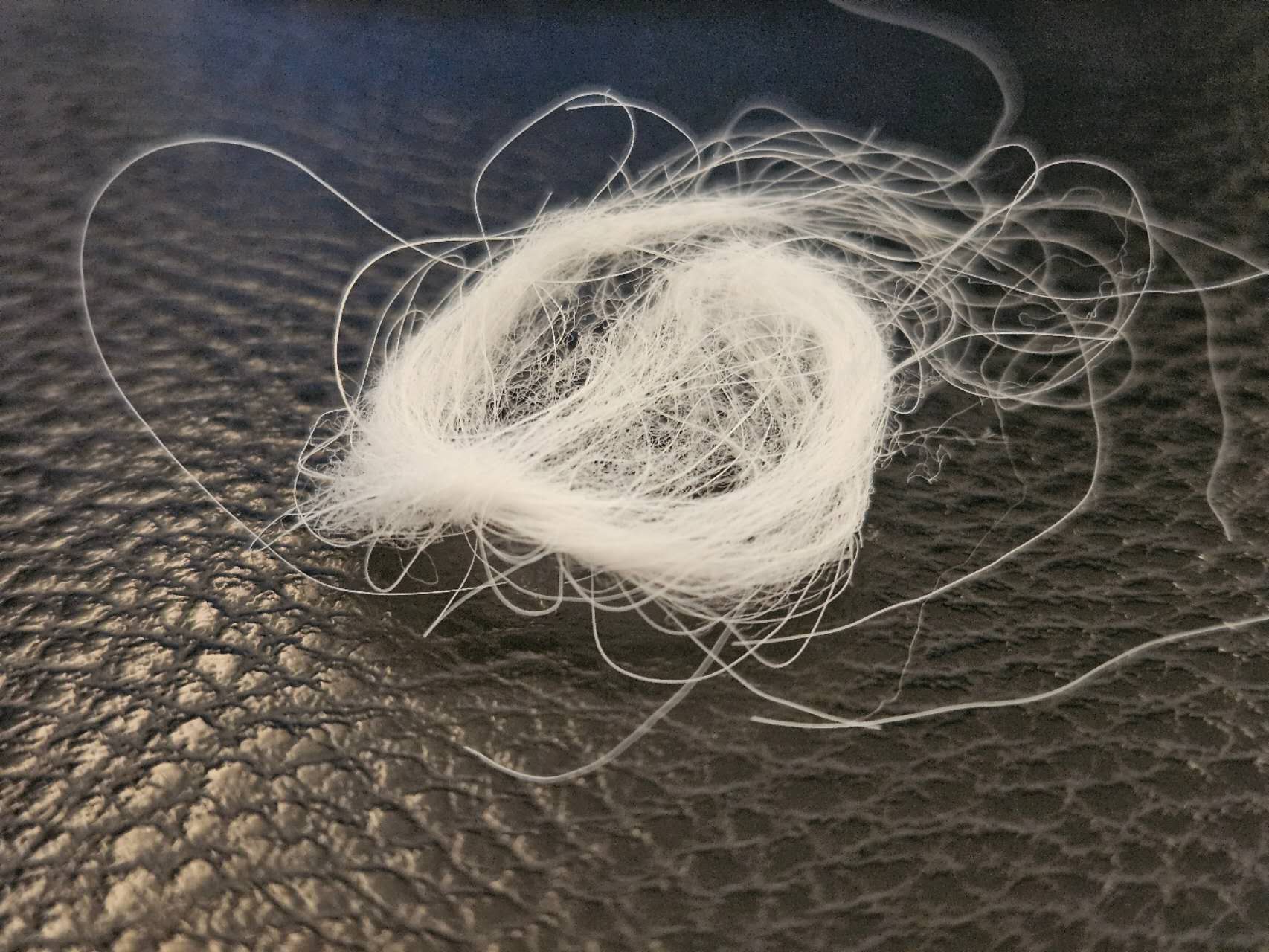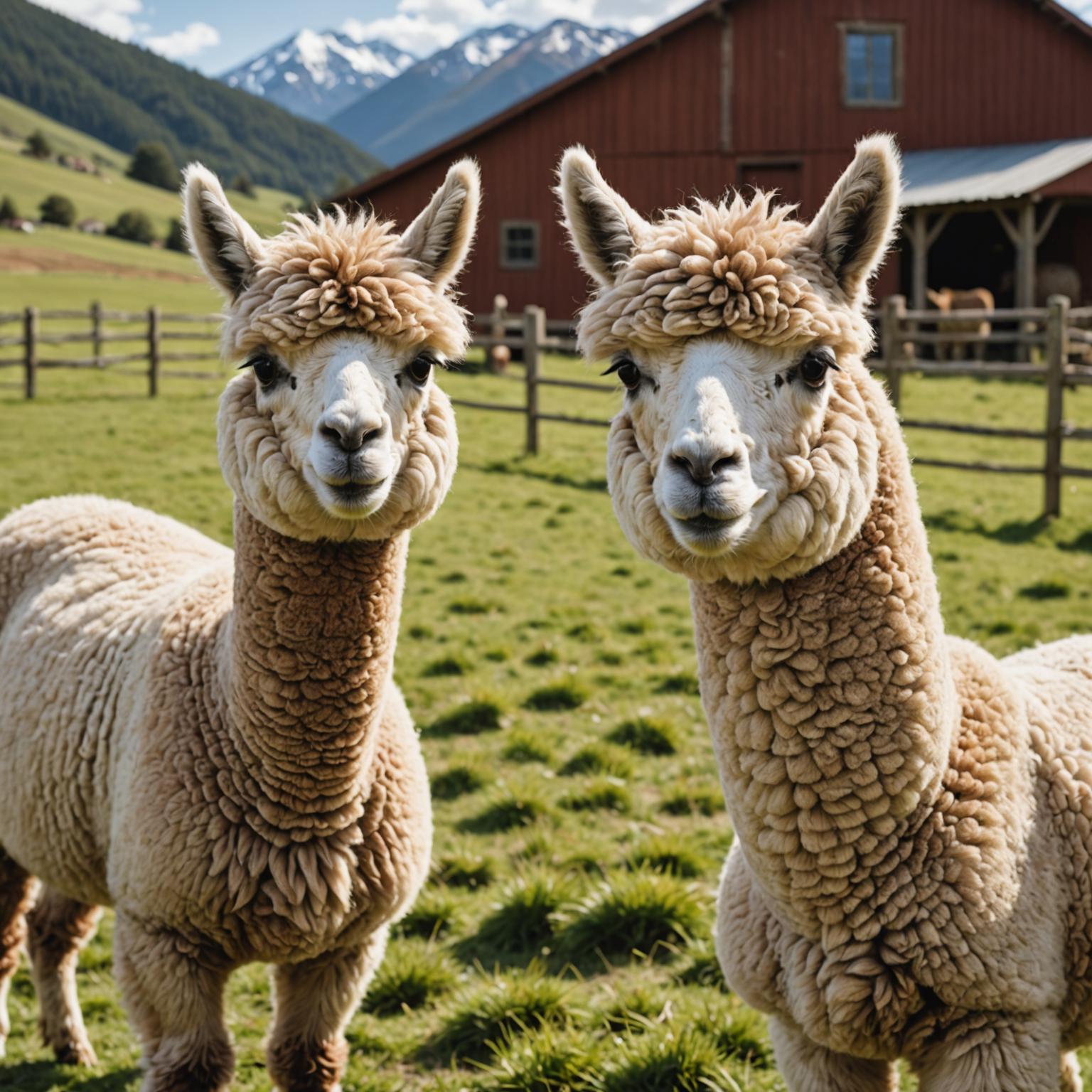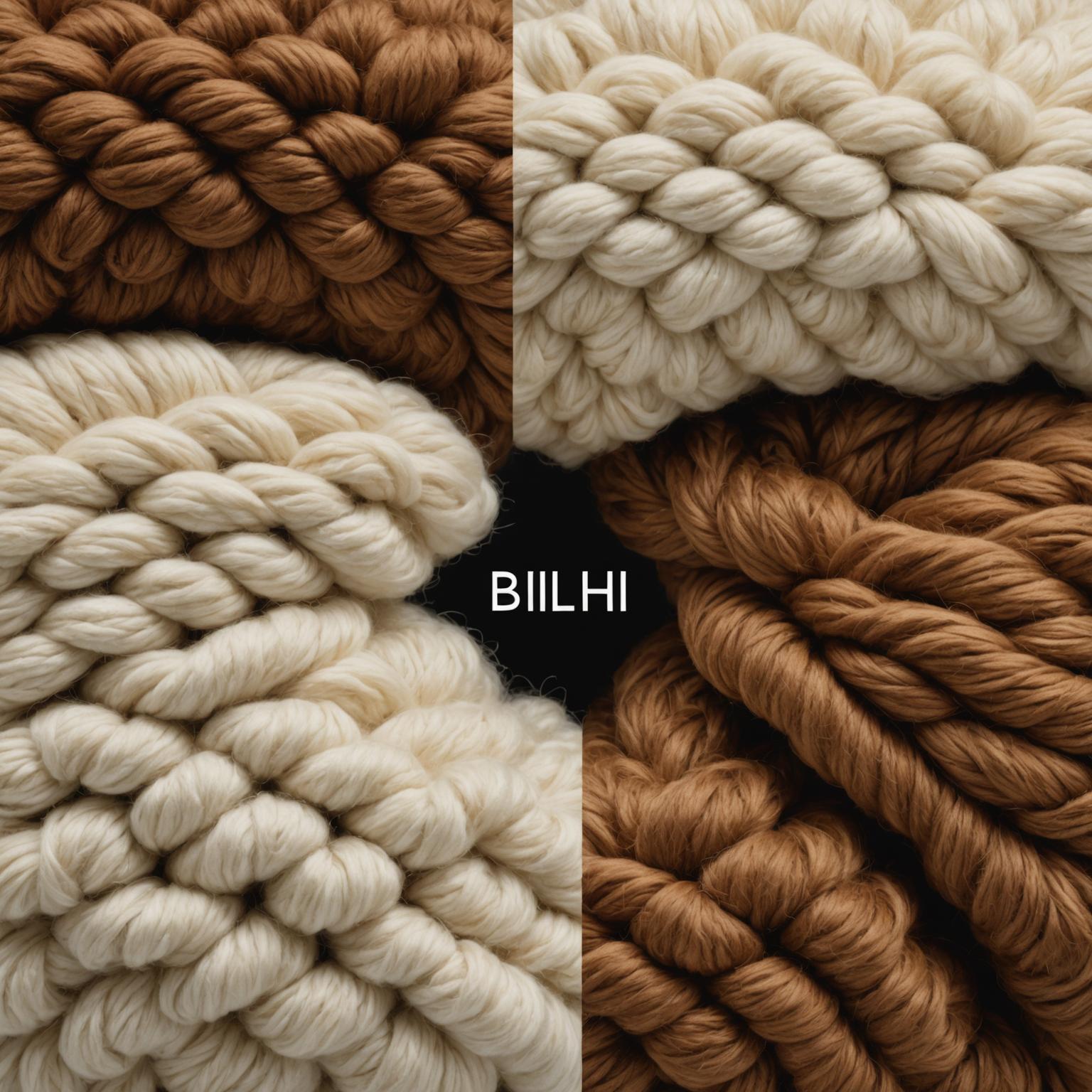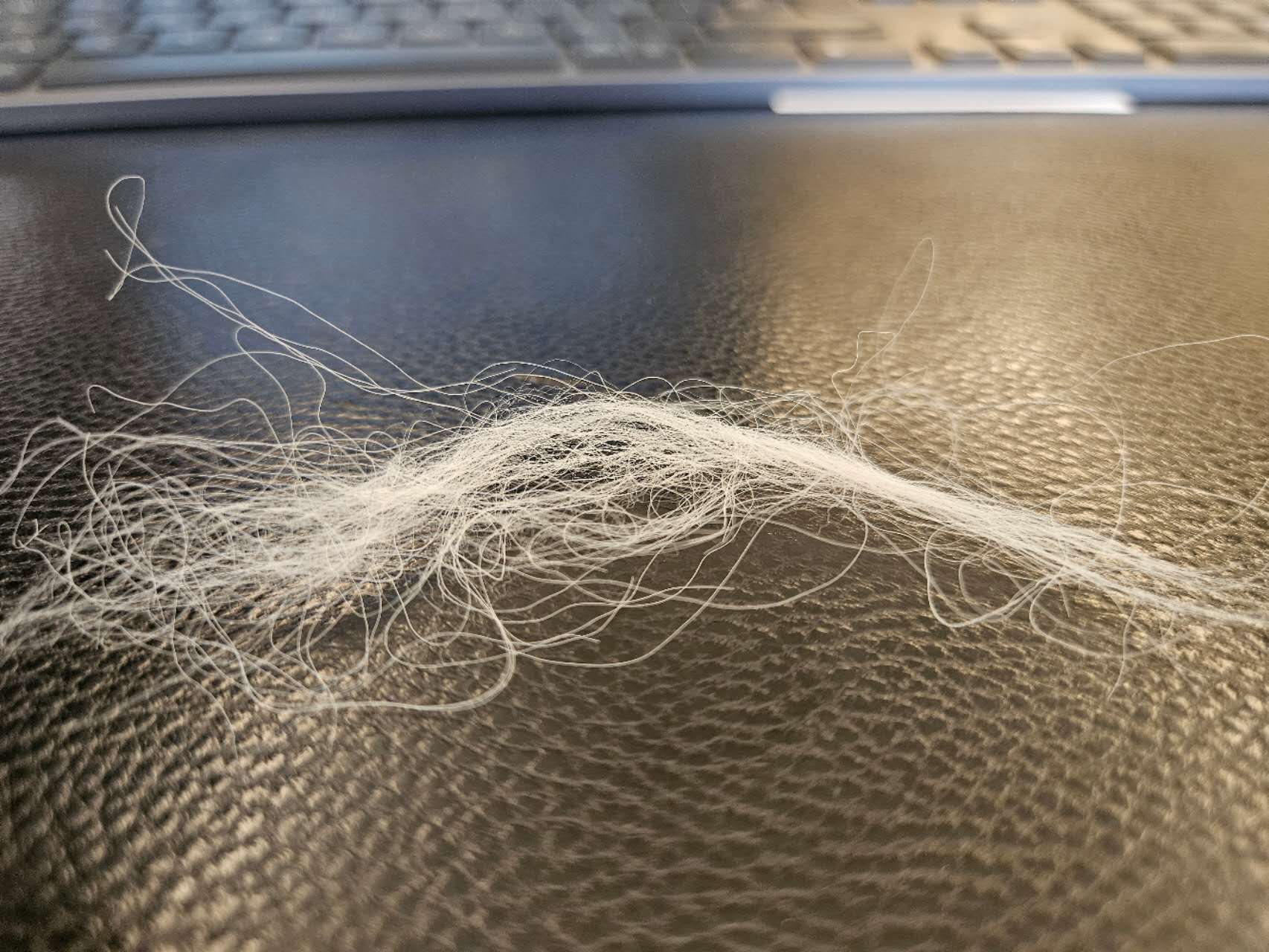
When selecting textiles for clothing, home furnishings, or industrial applications, the choice of fiber is paramount. For decades, nylon fiber has been a dominant force, known for its strength and versatility. However, as consumers increasingly seek sustainable and luxurious alternatives, natural fibers like alpaca fiber are gaining significant attention. This article will delve into a comparison, exploring the characteristics of both materials and highlighting the unique alpaca fiber benefits that make it a compelling choice for discerning individuals.
Understanding Nylon Fiber: The Synthetic Staple
Nylon, a synthetic polymer, was a groundbreaking invention that revolutionized the textile industry. As the first commercially successful synthetic thermoplastic polymer, nylon fiber offered properties previously unseen in natural fibers. It is exceptionally strong, durable, and resistant to abrasion and many chemicals. Its elasticity makes it suitable for items that require stretch, like hosiery and activewear. Furthermore, nylon is lightweight, dries quickly, and can be engineered to be lustrous or dull. Common uses include apparel (stockings, swimwear, jackets), home furnishings (carpets, upholstery), and industrial applications (ropes, parachutes, tire cords). While its utility is undeniable, traditional nylon production is energy-intensive and relies on non-renewable resources, raising environmental concerns for some consumers.
Introducing Alpaca Fiber: Nature's Luxury
Journeying from the realm of synthetics to the heart of nature, we encounter alpaca fiber. Sourced from alpacas, charming camelids native to the Andean highlands of South America, this fiber has been cherished for centuries for its exquisite qualities. Unlike sheep's wool, alpaca fiber is lanolin-free, making it a naturally hypoallergenic option for many. There are primarily two types of alpaca fiber, corresponding to the two alpaca breeds: Huacaya, which produces a dense, crimpy, and sheep-like fleece, and Suri, which yields a silky, lustrous fleece that hangs in long, separate locks. Both types offer remarkable softness and warmth.
Key Alpaca Fiber Properties: Why Choose Alpaca?
The appeal of alpaca extends far beyond its origin story. Its inherent characteristics make it a premium material. Here are some key alpaca fiber properties:
1. Exceptional Softness: Alpaca fibers have a smooth cell structure, resulting in a fabric that feels incredibly soft and luxurious against the skin, often compared to cashmere.
2. Hypoallergenic Qualities: The absence of lanolin, a common irritant found in sheep's wool, means alpaca is less likely to cause allergic reactions. This makes it suitable for sensitive skin, including for babies.
3. Impressive Thermal Regulation: Alpaca fibers contain microscopic air pockets that provide outstanding insulation. This means alpaca garments keep you warm in cold weather and can also help you stay cool in warmer temperatures by wicking away moisture.
4. Durability and Pilling Resistance: Despite its fineness, alpaca is a surprisingly strong and resilient fiber. It is less prone to pilling compared to other luxury fibers, ensuring garments maintain their appearance over time.
5. Natural Luster and Drape: Alpaca has a beautiful natural sheen that adds an element of elegance to any garment. It also drapes beautifully, lending itself well to sophisticated designs.
6. Water Repellency: Alpaca fibers have a natural ability to wick away moisture, helping to keep you dry and comfortable.
Alpaca Fiber Benefits: More Than Just Warmth
Beyond its impressive physical properties, choosing alpaca comes with a host of other advantages. The alpaca fiber benefits contribute to its growing popularity:
1. Environmental Sustainability: Alpacas are gentle on the land. They have soft hooves that don't damage pastureland, and they are efficient grazers. The fiber processing requires fewer harsh chemicals compared to other textiles.
2. Wide Range of Natural Colors: Alpaca fleece comes in an astonishing array of over 22 natural shades, from whites and fawns to browns, grays, and blacks. This reduces the need for dyeing, further minimizing environmental impact.
3. Versatility in Application: From cozy sweaters, scarves, and socks to luxurious blankets, throws, and even suiting material, alpaca's versatility is remarkable. Its different grades allow for a wide variety of end products.
4. Support for Artisan Communities: The alpaca industry often supports small-scale farmers and artisan communities in South America, providing a sustainable livelihood.
Nylon vs Alpaca: A Comparative Look
When considering materials for your next project or purchase, understanding the differences is crucial. Here's a direct nylon vs alpaca comparison:
1. Origin: Nylon fiber is a fully synthetic, petroleum-based creation. Alpaca is a natural animal fiber.
2. Softness and Comfort: While modern nylons can be soft, alpaca generally offers superior natural softness and a more luxurious feel. Alpaca is also hypoallergenic, unlike some synthetic materials which can sometimes irritate sensitive skin.
3. Thermal Properties: Alpaca provides excellent natural insulation and breathability. Standard nylon is not as breathable and can feel clammy in warm conditions, though it can provide good wind resistance.
4. Durability and Strength: Nylon is renowned for its exceptional strength and abrasion resistance. Alpaca is also durable for a natural fiber and resists pilling well, but may not match nylon's sheer toughness for industrial uses.
5. Moisture Management: Alpaca naturally wicks moisture away from the body. Nylon tends to be less absorbent unless specifically treated, though it dries very quickly.
6. Environmental Impact: Conventional nylon production has a significant environmental footprint due to its reliance on fossil fuels and energy-intensive processes. Alpaca farming is generally considered more sustainable, especially when managed responsibly.
7. Care: Nylon is typically easy to care for, often machine washable. Alpaca usually requires more delicate care, such as hand washing or dry cleaning, to maintain its quality.
8. Cost: Generally, alpaca products are more expensive than those made from nylon fiber, due to the sourcing, processing, and luxury nature of the natural material.
Beyond Traditional Choices: The Evolving World of Textiles
The discussion of nylon vs alpaca highlights a broader trend: the ongoing evolution in textile technology. While nylon represented a mid-20th century breakthrough and alpaca embodies timeless natural luxury, the quest for the perfect fiber continues. Today, we see innovations leading to materials with unprecedented combinations of properties. Imagine fibers engineered for extreme lightness yet possessing incredible strength, or textiles that offer superior thermoregulation and biodegradability, blending performance with sustainability. These advancements are pushing the boundaries, creating new possibilities for apparel, industrial applications, and home goods. Whether derived from enhanced natural processes or cutting-edge synthetic chemistry, the future of fibers points towards even more specialized, functional, and environmentally conscious options, challenging us to rethink what a material can be and do.
Choosing between the resilience of synthetic nylon and the natural elegance of alpaca fiber ultimately depends on your priorities, intended use, and values. Nylon offers robust performance and affordability for many applications, while alpaca provides unparalleled softness, hypoallergenic comfort, and a connection to sustainable luxury. Understanding the distinct characteristics of alpaca and its many benefits can guide you towards making an informed decision. As the textile landscape continues to innovate, both traditional fibers and new engineered materials will play a role in shaping how we dress, live, and interact with the world around us.








